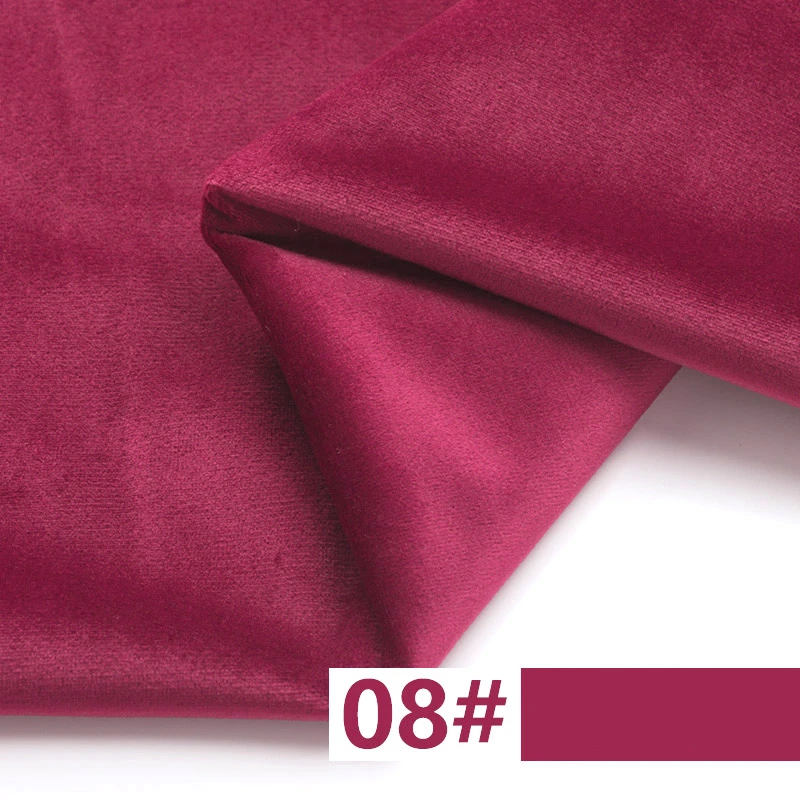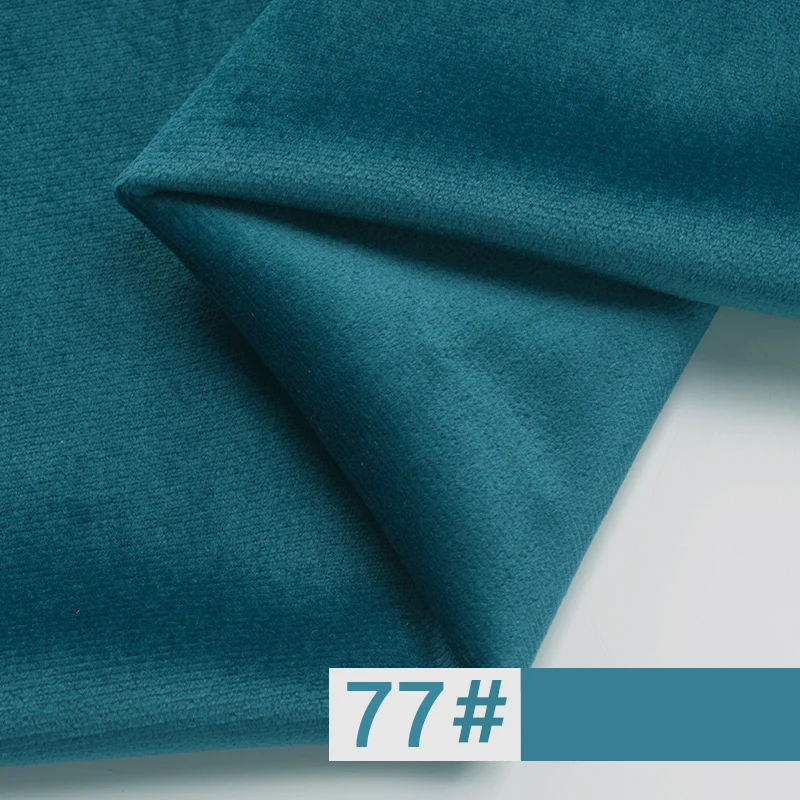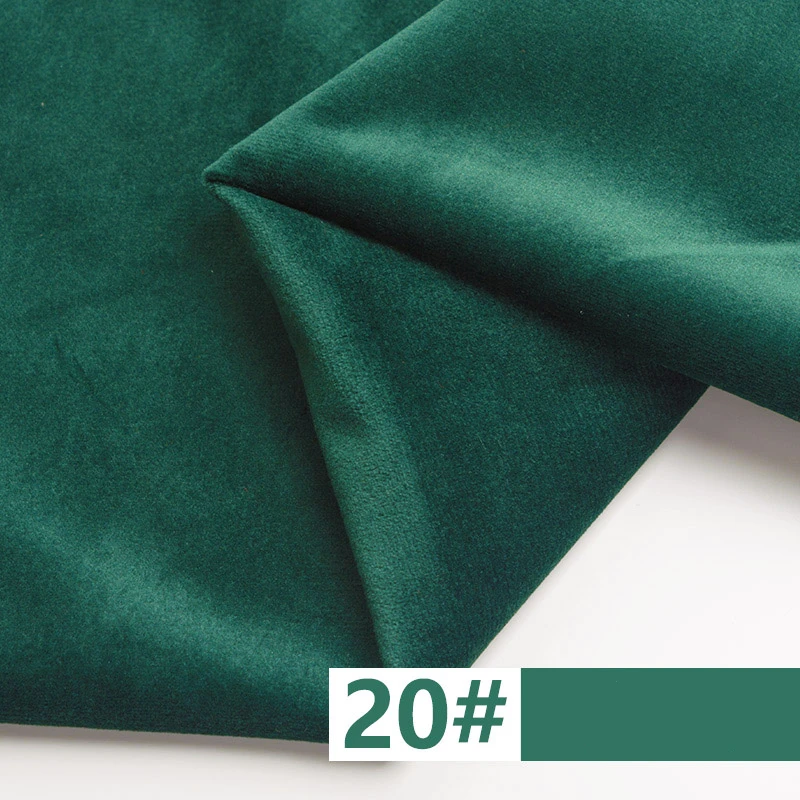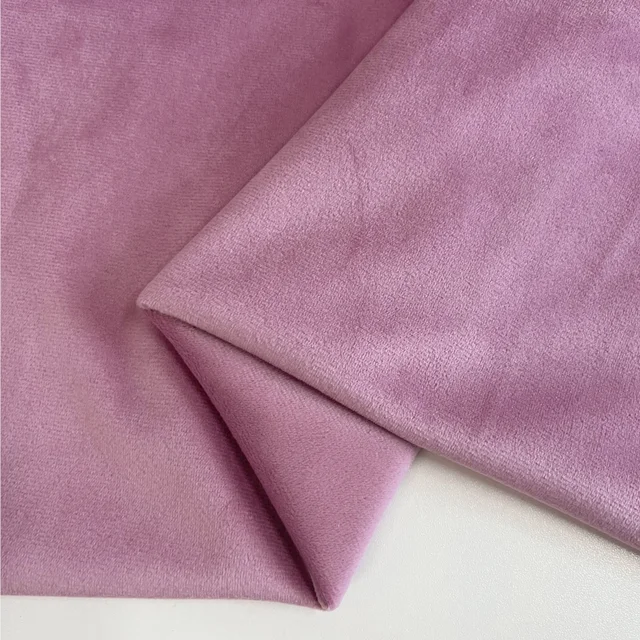Crayons, while a delightful medium for creativity, can often become unwelcome stains on our favorite fabrics. Whether it’s a little artist’s masterpiece on your sofa or your child’s colorful doodle on their clothing, dealing with crayon wax on fabric may seem daunting. However, with the right methods and tips, you can restore your fabrics to their original condition. In this article, we will explore effective techniques to remove crayon stains from different types of fabrics, ensuring a quick fix without damaging your cherished items.
Understanding the Nature of Crayon Stains
Before diving into the methods of removal, it’s essential to understand what makes crayon wax stick to fabric. Crayons are composed primarily of paraffin wax and pigments. The wax tends to melt and embed itself into the fibers of fabric when too much heat is applied—like when a child presses it down hard or when the fabric is heated in the dryer. This means that simply throwing the fabric into the washing machine may not suffice; you’ll likely need specialized techniques for effective stain removal. Understanding the makeup of crayon stains can help you choose the most effective removal strategies tailored to your specific fabric type, whether it’s cotton, wool, or synthetics.

Pre-Treatment: Assessing the Stain
The first step in any stain removal process is assessment. Before you act, identify the type of fabric you’re dealing with and determine how long the ink has been there. Some stains set faster than others, necessitating immediate action. For a fresh crayon stain, you can use a dull knife or spoon to gently scrape off excess wax. Ensure you do this delicately to avoid spreading the crayon further into the fabric. If the stain has dried, a soft brush may help loosen the wax particles before you begin the treatment process. Always remember to test any cleaning solution on an inconspicuous area of the fabric to ensure it won’t cause discoloration or damage.
Heat with Caution: The Ironing Method
One of the most effective ways to remove crayon from fabric is using heat, but you must be cautious not to set the stain further. The ironing method involves placing a few sheets of paper towel or brown paper bag over the crayon stain and then setting a warm iron on top. The heat from the iron will melt the wax, allowing it to be absorbed by the paper. Be sure to use a low to medium heat setting, as excessive heat could damage the fabric. As the wax melts, you can periodically check the paper to see if it has absorbed the stain. Change the paper as needed to avoid re-depositing the wax back onto the fabric. Once the majority of the crayon is absorbed, gently dab the remaining stain with a cloth soaked in a mixture of dish soap and warm water or a fabric-safe stain remover.
The Freezing Technique: Easy for Delicate Fabrics
For delicate fabrics, the freezing method can be particularly effective. Crayon stains often become significantly easier to deal with when the wax is solidified. Place the stained item in a plastic bag, ensuring that the fabric is flat, and seal it tightly. Then, place the bag in the freezer for a couple of hours. Once the wax is completely frozen, you can use a dull knife or credit card to gently scrape off the hardened crayon. After this, you can blot the area with a fabric-safe cleaner to remove any residue that remains. This method is especially useful for sensitive items like silk or wool that cannot withstand heat treatment.

Dish Soap: A Kitchen Staple for Fabric Care
Many people may not realize it, but dish soap can serve as a mighty ally against crayon stains. It effectively breaks down grease and wax, making it suitable for removing crayon marks from fabric. To use this method, mix a few drops of mild dish soap with warm water to create a soapy solution. Dip a clean cloth or sponge into the solution and gently dab at the stain without rubbing, as this could spread the crayon further. After blotting, rinse the area with cold water to remove any soap residue. Repeat the process as necessary until the stain is no longer visible. Always remember to wash the fabric according to the label after treating the stain for the best results.
Vinegar and Baking Soda: Chemical Companions
For those who prefer environmentally friendly cleaning solutions, white vinegar and baking soda can work wonders. The combination of these two common household ingredients can effectively tackle crayon stains thanks to their natural cleaning properties. Start by blotting the stain with a paper towel to remove as much excess wax as possible. Then, mix equal parts of white vinegar and water in a bowl and apply the solution to the stained area using a clean cloth. Before you tackle the stain directly, sprinkle baking soda on top of the vinegar-soaked area. The combination will produce a slight fizz, which aids in lifting the stain from the fabric. Allow it to sit for a few minutes before dabbing again with a clean cloth. After treating, rinse the fabric with cold water to eliminate any residues left behind.
Store-Bought Solutions: When to Seek Professional Help
In some cases, the crayon stain may be particularly stubborn, or the fabric may be delicate and prone to damage from DIY methods. If you find yourself in this situation, it might be wise to consider specialized stain removers available in stores. Products designed specifically for crayon, grease, or wax stains can offer more robust cleaning power. However, always check to ensure the product is suitable for the material you are working with. For high-end fabrics or family heirlooms, it may be best to consult with a professional cleaning service, particularly one experienced in upholstery or textile cleaning. They can provide both stain removal and treatment that ensures minimal risk of damage.
Preventing Future Crayon Mishaps
The best way to deal with crayon stains is to prevent them from occurring in the first place. For parents, setting up designated coloring areas—complete with washable surfaces—can go a long way. Use tablecloths or washable rugs where kids can be creative without fear of making a mess. Moreover, consider using washable or non-toxic crayons that are less likely to cause permanent damage to fabrics. Finally, keep a stain-removal kit on hand for quick action if an accident occurs, ensuring your favorite fabrics remain pristine regardless of your little one’s artistic ventures.
The Benefits of Mindfulness
Mindfulness is the practice of being fully present in the moment, and it offers numerous benefits for mental well-being. Focusing on the here and now can reduce stress, improve emotional regulation, and enhance concentration. Research shows that individuals who engage in mindfulness activities, such as meditation or mindful breathing, report lower levels of anxiety and greater overall life satisfaction. Incorporating mindfulness into daily routines can transform how one interacts with the world, fostering a sense of calm amid chaos.

Conclusion
Removing crayon from fabric may seem like a challenging feat, but with the methods outlined in this article, you can efficiently tackle this common issue. From understanding the nature of crayon stains to applying effective techniques, each step brings you closer to restoring your fabrics to their original beauty. Remember, whether you’re using heat, freezing techniques, or household solutions, acting swiftly can significantly improve your chances of removing the stain. And perhaps most importantly, by taking preventative measures, you can enjoy the joys of creativity without the remorse of ruined fabrics. So grab your cleaning supplies and tackle those crayon stains with confidence!









